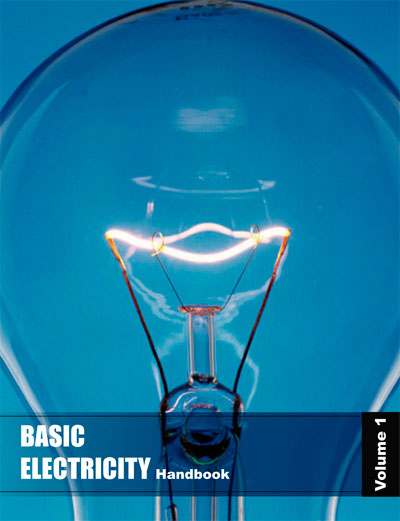A Unit of Capacitance is determined by the electrical charge, which is symbolized by the letter Q, and is measured in units of coulombs. The coulomb is given by the letter C, as with capacitance. Unfortunately this can be confusing. One coulomb of charge is defined as a charge having 6.28 × 1018 electrons. The basic unit of capacitance is the farad and is given by the letter f. By definition, one farad is one coulomb of charge stored with one volt across the plates of the capacitor. The general formula for capacitance in terms of charge and voltage is:
In practical terms, one farad is a large amount of capacitance. Typically, in electronics, much smaller units are used. The two more common smaller units are the microfarad (μF), which is 10-6 farad and the picofarad (pF), which is 10-12 farad.
Voltage Rating of a Capacitor Capacitors have their limits as to how much voltage can be applied across the plates. The aircraft technician must be aware of the voltage rating, which specifies the maximum DC voltage that can be applied without the risk of damage to the device. This voltage rating is typically called the breakdown voltage, the working voltage, or simply the voltage rating. If the voltage applied across the plates is too great, the dielectric will break down and arcing will occur between the plates. The capacitor is then short circuited, and the possible flow of direct current through it can cause damage to other parts of the equipment.
A capacitor that can be safely charged to 500 volts DC cannot be safely subjected to AC or pulsating DC whose effective values are 500 volts. An alternating voltage of 500 volts (RMS) has a peak voltage of 707 volts, and a capacitor to which it is applied should have a working voltage of at least 750 volts. The capacitor should be selected so that its working voltage is at least 50 percent greater than the highest voltage to be applied.
The voltage rating of the capacitor is a factor in determining the actual capacitance because capacitance decreases as the thickness of the dielectric increases. A high voltage capacitor that has a thick dielectric must have a larger plate area in order to have the same capacitance as a similar low voltage capacitor having a thin dielectric.
Factors Affecting A Unit of Capacitance
The strength of some commonly used dielectric materials is listed in Table 1. The voltage rating also depends on frequency because the losses, and the resultant heating effect, increase as the frequency increases.
Table 1 - Strength of some dielectric materials.

This 100+ page e-book is a great guide for those who have a basic interest in the field of electricity. This well-illustrated e-book, coupled with some basic knowledge of electricity, will give you a broad theoretical background in this fundamental subject.
CONTENTS